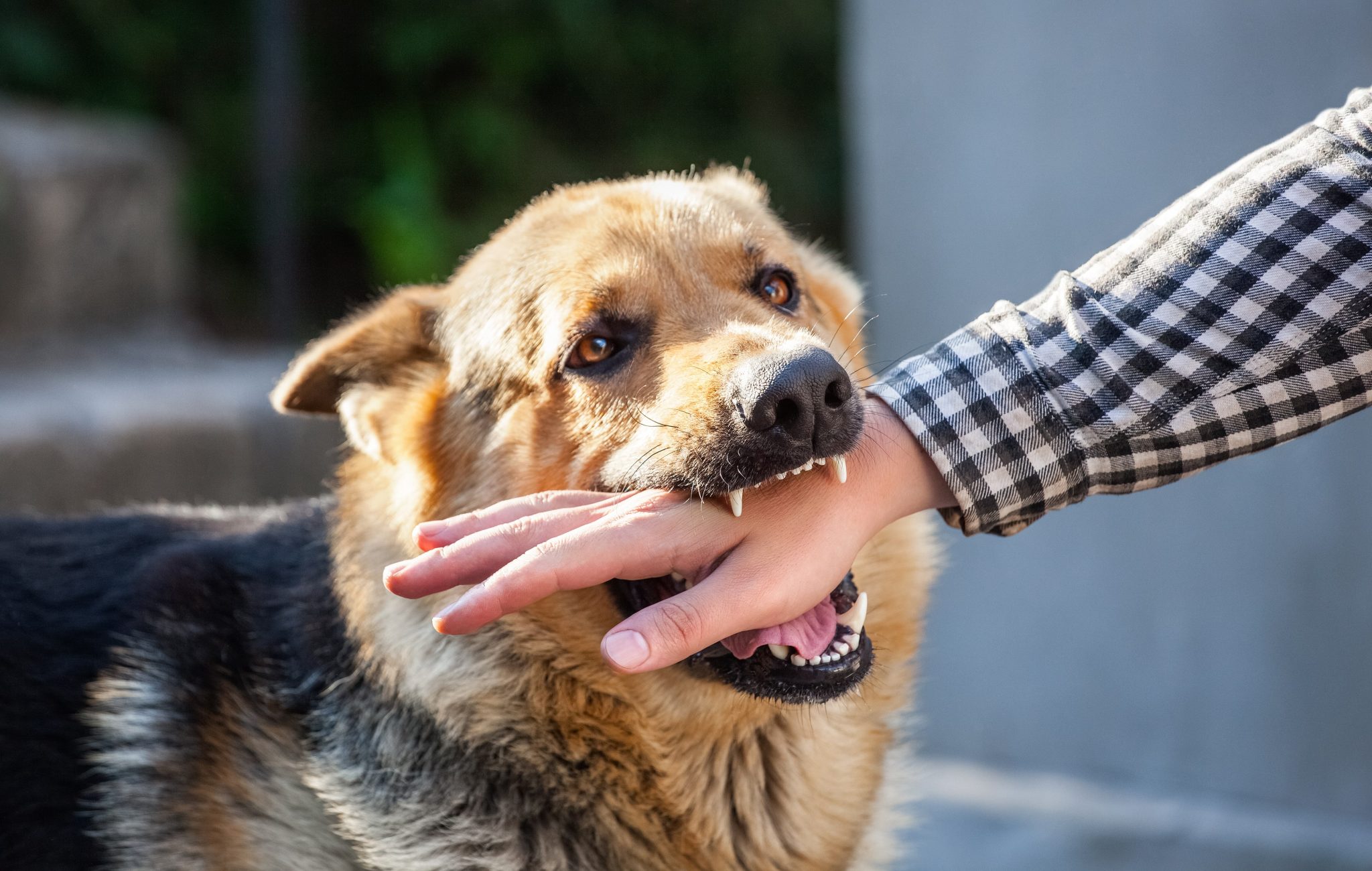Lone workers, those who work by themselves without close or direct supervision, often face unique challenges and risks. One significant risk, especially for field workers such as delivery personnel, utility workers, and home healthcare providers, is dog bites. Dogs can pose a serious threat to lone workers, leading to injuries, infections, and psychological trauma. This article aims to provide comprehensive strategies for preventing dog bites and ensuring the safety of lone workers.
Understanding the Risk
The Prevalence of Dog Bites
Lone Worker Dog Bite Prevention is a common occupational hazard for lone workers. According to the Centers for Disease Control and Prevention (CDC), approximately 4.5 million dog bites occur each year in the United States, with a significant portion affecting people in their work environment. These incidents can range from minor injuries to severe, life-threatening attacks.
The Impact of Dog Bites
The consequences of dog bites can be severe, including physical injuries such as lacerations, puncture wounds, and broken bones. Additionally, there is a risk of infection, including rabies, tetanus, and other bacterial infections. Beyond physical harm, dog bites can also cause emotional and psychological distress, leading to anxiety and fear of future encounters with dogs.
Identifying Potential Risks
Recognizing Warning Signs
Lone workers should be trained to recognize the warning signs of a potentially aggressive dog. Some common indicators include:
- Growling or barking
- Showing teeth
- Raised fur along the back
- Rigid body posture
- Direct staring
Understanding Dog Behavior
Understanding dog behavior is crucial for preventing attacks. Dogs may exhibit aggressive behavior for various reasons, including fear, territoriality, pain, or protecting their owner or property. By understanding these triggers, lone workers can better predict and avoid dangerous situations.
Preventative Measures
Training and Education
Providing thorough training and education to lone workers is essential in preventing dog bites. This training should include:
- Behavioral Understanding: Educating workers about common dog behaviors and body language.
- De-escalation Techniques: Teaching methods to calm an aggressive dog, such as avoiding direct eye contact and speaking in a calm, reassuring voice.
- Safe Approaches: Instructing on how to approach a home or property where a dog may be present, such as calling ahead to the homeowner to secure the dog.
Protective Equipment
Lone workers should be equipped with protective gear to minimize the risk of dog bites. This can include:
- Dog Repellent Spray: A non-lethal spray that can deter an attacking dog.
- Protective Clothing: Long sleeves and pants made of thick, bite-resistant material.
- Emergency Alarms: Devices that can emit loud noises to startle and deter an aggressive dog.
Pre-Visit Planning
Before visiting a site, lone workers should gather as much information as possible about the presence of dogs. This can be achieved by:
- Communication: Calling the homeowner or client beforehand to inquire about any dogs on the property.
- Notes and Records: Keeping detailed notes of previous visits, including any encounters with dogs, to prepare for future visits.
On-the-Job Strategies
Safe Approaches and Interactions
When approaching a property, lone workers should use the following strategies:
- Observe Before Entering: Look for signs of a dog, such as a “Beware of Dog” sign, dog toys, or a doghouse.
- Announce Presence: Make noise or knock loudly before entering to alert any dogs of their presence.
- Avoid Surprises: Do not enter fenced yards or enclosed spaces without ensuring the dog is restrained or not present.
Handling Aggressive Dogs
In the event of encountering an aggressive dog, lone workers should:
- Stay Calm: Avoid sudden movements or loud noises that could provoke the dog.
- Use Objects as Barriers: Place objects like a bag or clipboard between themselves and the dog to create a barrier.
- Back Away Slowly: Move away from the dog slowly and avoid turning their back on the animal.
Post-Incident Procedures
Immediate Actions
If a lone worker is bitten by a dog, they should:
- Clean the Wound: Wash the bite area thoroughly with soap and water.
- Seek Medical Attention: Visit a healthcare provider immediately to assess the wound and receive necessary treatments, such as antibiotics or a tetanus shot.
- Report the Incident: Inform their employer and document the incident for workplace records.
Emotional Support
Dog bite incidents can be traumatic, and providing emotional support to lone workers is crucial. Employers should:
- Offer Counseling: Provide access to counseling services to help workers cope with the emotional aftermath of a dog bite.
- Foster a Supportive Environment: Encourage workers to share their experiences and offer support to one another.
Employer Responsibilities
Implementing Policies
Employers have a responsibility to implement policies that protect lone workers from dog bites. These policies should include:
- Regular Training: Ensure all lone workers receive regular training on dog bite prevention.
- Risk Assessments: Conduct regular risk assessments of job sites to identify potential hazards.
- Incident Reporting Systems: Establish a clear system for reporting dog bite incidents and ensure timely follow-up and support.
Providing Resources
Employers should provide the necessary resources to support lone workers, such as:
- Protective Equipment: Supply workers with protective clothing, dog-repellent spray, and emergency alarms.
- Communication Tools: Equip workers with reliable communication devices to call for help if needed.
Conclusion
Dog bite prevention is critical to ensuring lone workers’ safety and well-being. Employers can significantly reduce the likelihood of dog bite incidents by understanding the risks, providing proper training and equipment, and implementing robust policies. Protecting lone workers from dog bites safeguards their physical health and supports their emotional and psychological well-being, creating a safer and more productive work environment.


